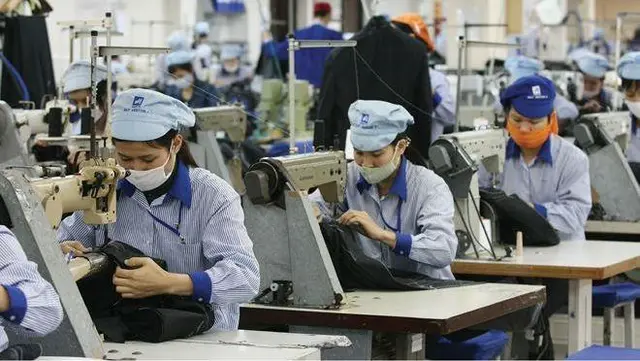Bridges overcome barriers and throughout history, they have brought people closer together.
And that is certainly the case with the new Hong Kong-Zhuhai-Macao Bridge, which will connect the Chinese mainland city with the two Special Administrative Regions.
As China's economy develops, the country’s engineers are redefining what infrastructure development means in the 21st century.
The latest evidence of this is the Hong Kong-Zhuhai-Macao Bridge, which when opened will be the longest cross-sea bridge in the world.
Work began on the project in 2009. Spanning the Lingding Channel in the Pearl River Delta, it will extend for a total of 55 kilometers.
The structure consists of 22.9 kilometers of steel, four man-made islands and the world's longest submerged sea tunnel – extending 6.7 kilometers at a depth of 40 meters.
The main body of the bridge is formed from 2156 box girders, amounting to 400,000 tons of steel – roughly the weight of 60 Eiffel Towers.
The girders, each of which measures 132.6 meters, were assembled at Zhongshan in Guangzhou and shipped the 40 kilometers to the construction site.
The bridge is designed to withstand level-16 typhoons and earthquakes of up to magnitude eight. Another principal requirement is that it must not disrupt shipping in the area or flights in and out of Hong Kong and Macao international airports.
Meeting these demands has created the need for a series of innovations in the bridge’s design, and in the construction materials and methods.
Further breakthroughs will also ensure that the bridge achieves its planned life span of 120 years – a significant advance on the 100 years that large-scale bridges have been designed to last up until now.
The main part of the project, the 22.9-kilometre-long section over the sea, needs to have the longest possible span so it doesn't impede shipping.
The bridge also has to be light to withstand earthquakes. This made a regular concrete bridge design unsuitable. Instead, the choice fell to a lighter, more durable steel structure.
And the engineering breakthroughs associated with the bridge are not limited to steel. More than 1,000 patents have been awarded for innovations related to the construction of the bridge, the man-made islands and the tunnels.
The bridge, by spanning the Lingding Channel, will link the region's biggest cities, creating a vast metropolitan district – the Hong Kong-Macao-Guangzhou Bay Area.
This area already contributes 10 percent of China's GDP. Engineers are working flat-out to complete the bridge and make their contribution to boosting urbanization in China.
(CGTN)
 简体中文
简体中文

